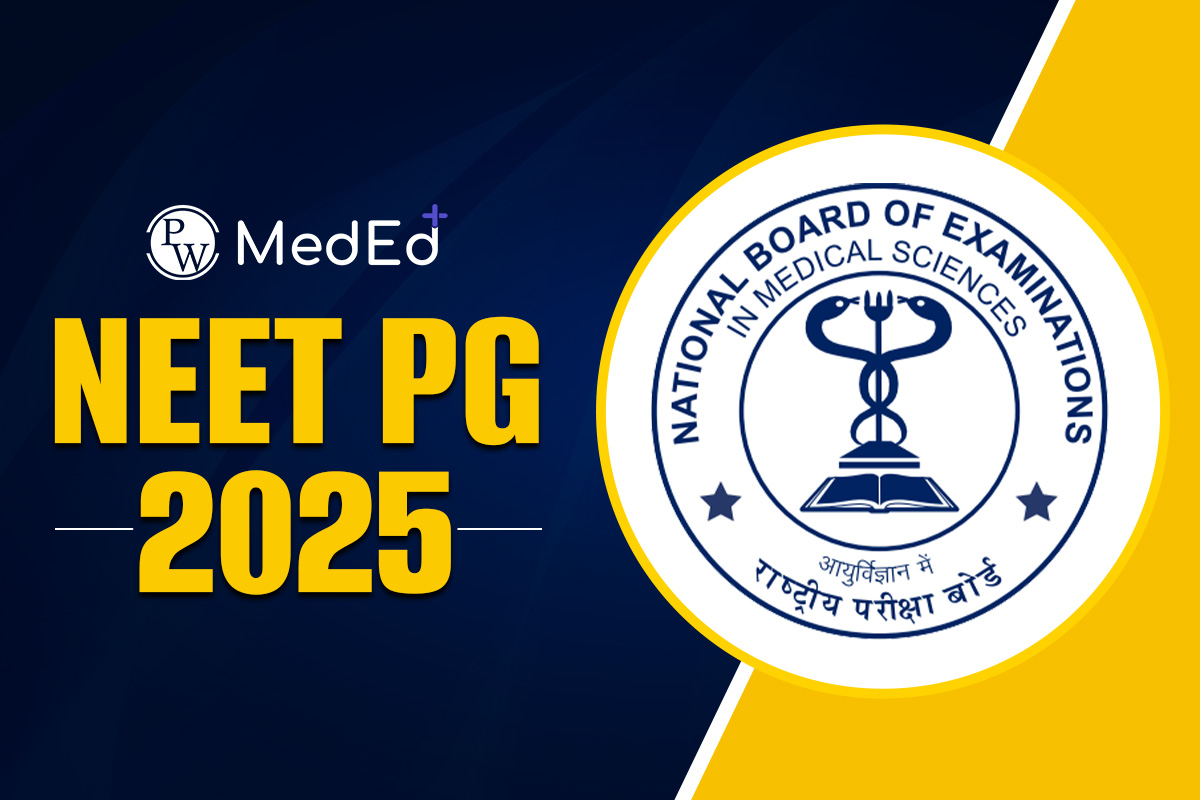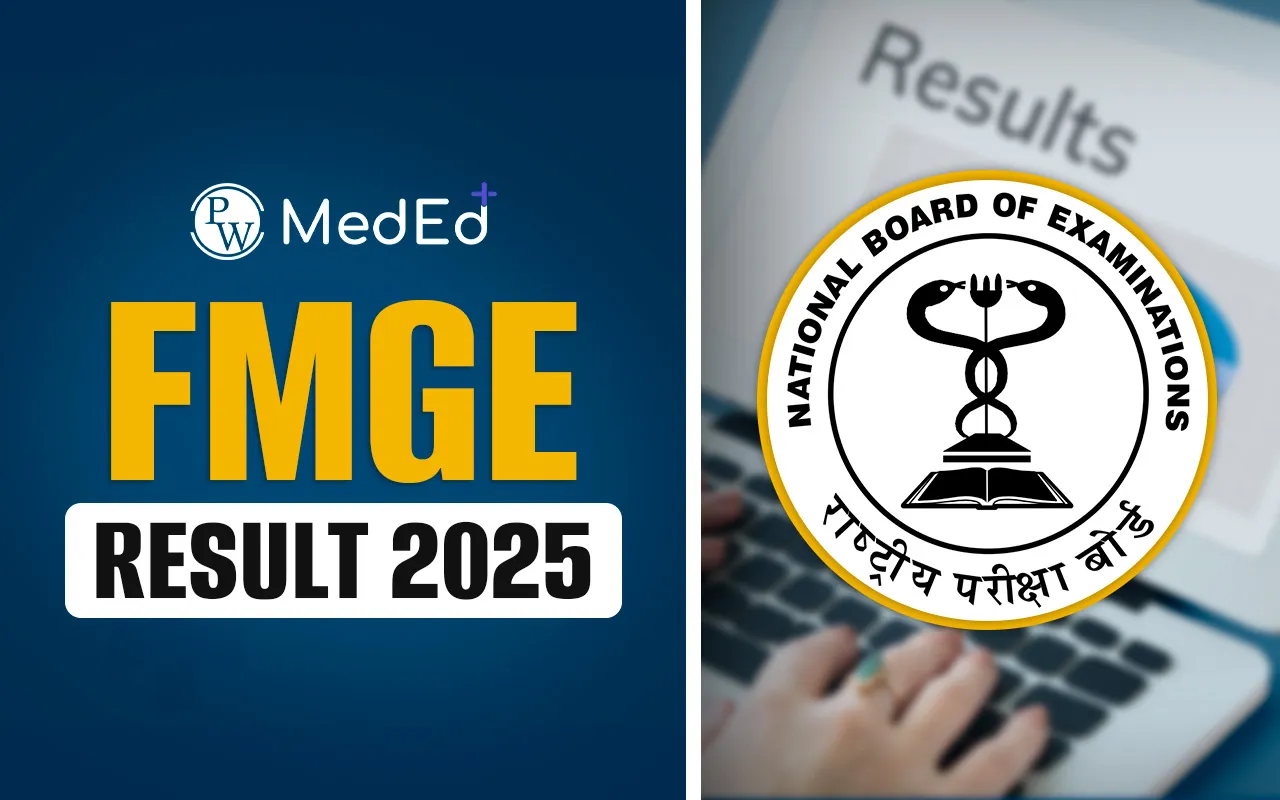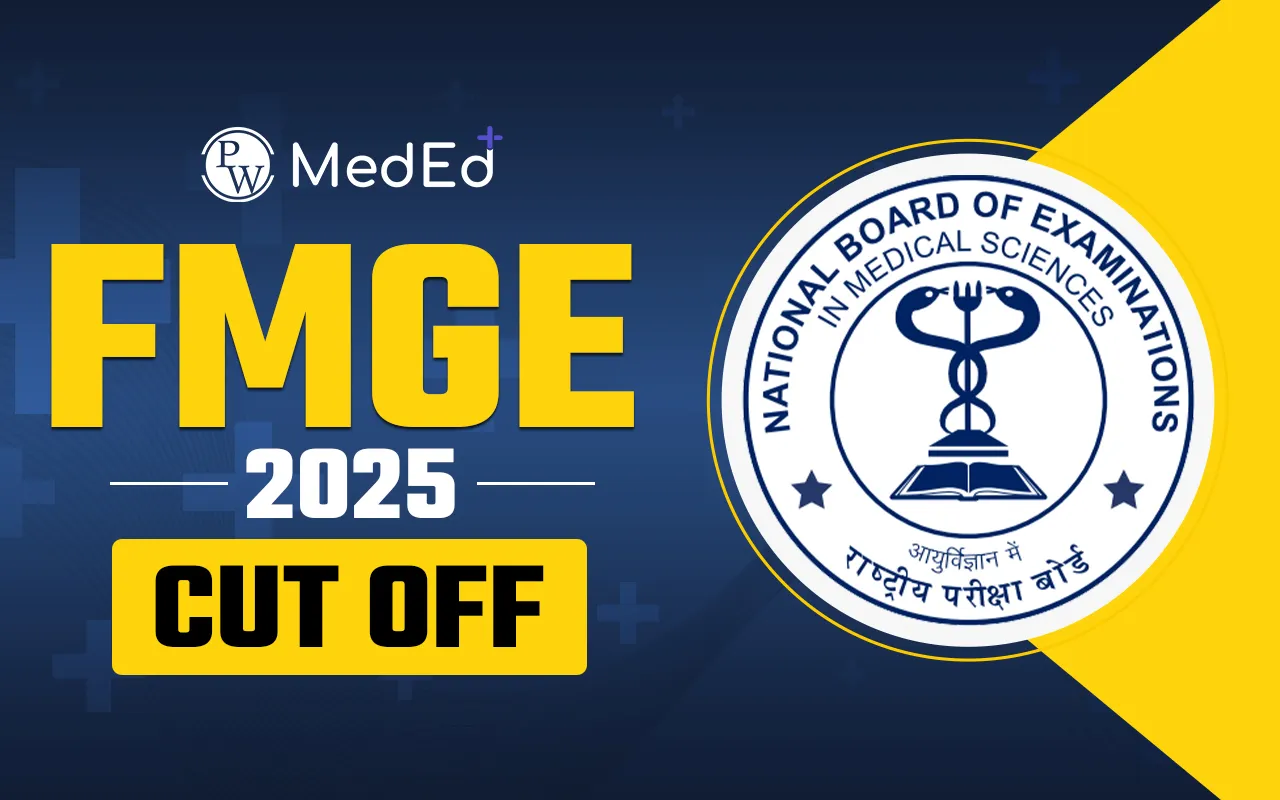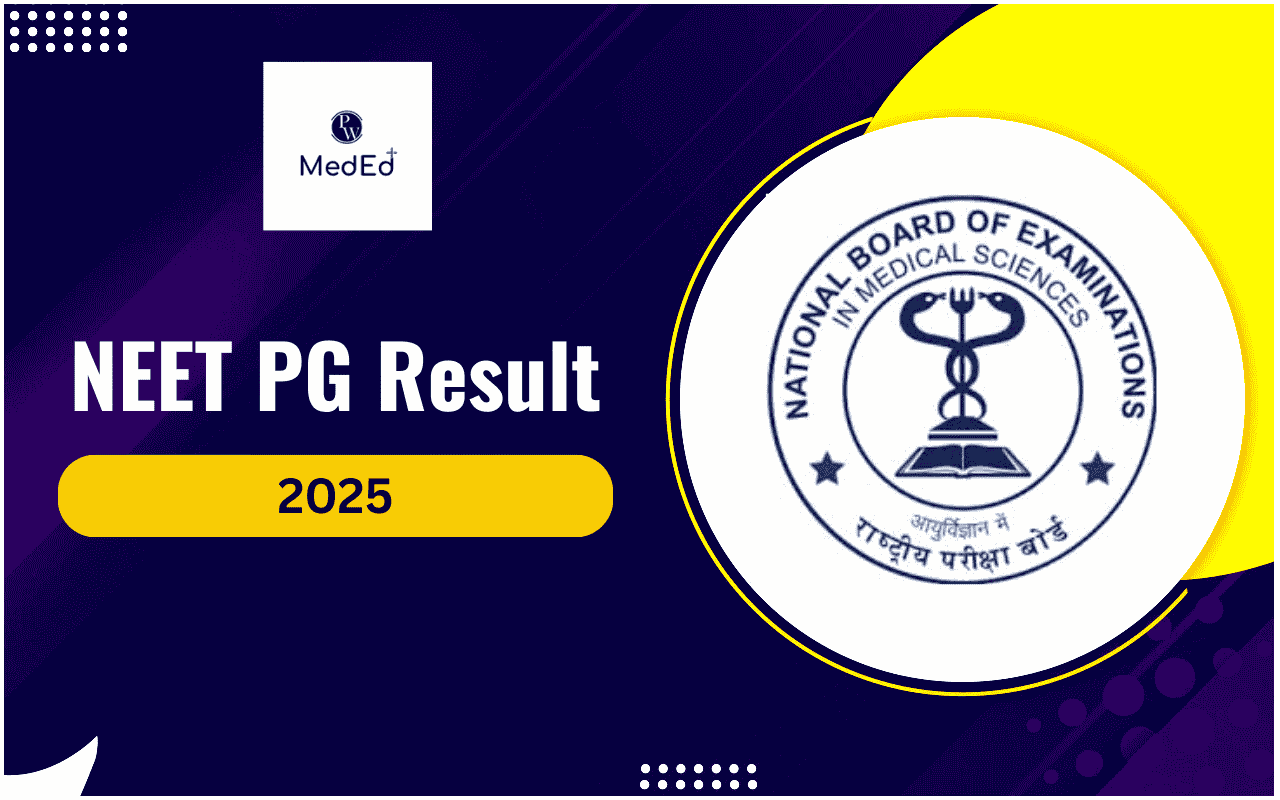
Torn Meniscus; an injury of sportsperson. A torn meniscus is a common knee injury that affects people of all ages and activity levels. The meniscus is a C-shaped piece of cartilage in the knee that cushions and stabilizes the joint, sitting between the thigh bone (femur) and the shin bone (tibia). Each knee has two menisci: one on the inner side (medial meniscus) and one on the outer side (lateral meniscus). These structures help protect the bones from wear and tear and absorb shock during movement. When the meniscus tears, it can cause pain, swelling, and difficulty moving the knee. Understanding this injury’s causes, symptoms, and treatment options is essential for recovery.
For better and detailed information about this topic you can refer to the PW Med Ed App clinical corner. Its user-friendly interface, regular updates, and evidence-based content make it a reliable companion for exam preparation, ward rounds, or simply brushing up on medical concepts. It provides an exceptional blend of high-yield content, clinical pearls, and practical guidance tailored to students.Visit – MedEd App
Mechanism of Injury
A torn meniscus can result from sudden, forceful movements or gradual wear and tear over time. Sports injuries are a common cause, particularly in activities like basketball, soccer, and tennis, which involve quick pivots, twists, or sudden stops. In older adults, the cartilage in the meniscus weakens with age, making it more susceptible to tearing even during simple movements like squatting or stepping awkwardly. Trauma, such as a direct impact to the knee during a car accident or a fall, can also cause a meniscus tear.Symptoms of Torn Meniscus
The symptoms of a torn meniscus can vary based on the injury’s severity but often include pain, swelling, and stiffness. Pain is usually localized to the side of the knee where the tear occurred and may worsen with movement or when putting weight on the knee. Swelling often develops within hours or days after the injury, and the knee may feel stiff or locked, making it difficult to bend or straighten. Many people also report hearing or feeling a “pop” at the time of injury, followed by a sense of instability in the knee. If these symptoms occur, it is crucial to seek medical attention for a proper diagnosis.Diagnosis of Torn Meniscus
Diagnosing a torn meniscus typically involves a combination of a medical history review, a physical examination, and imaging tests. A doctor may ask about the injury and your symptoms, then perform tests to assess knee movement and pinpoint the source of pain. Imaging tests such as X-rays can rule out bone fractures, while an MRI (Magnetic Resonance Imaging) provides detailed images of the meniscus and surrounding tissues, helping confirm the tear.Treatment of Torn Meniscus
Treatment for a torn meniscus depends on factors such as the size and location of the tear, your age, activity level, and overall health. In many cases, non-surgical options are effective. These include the R.I.C.E. method—rest, ice, compression, and elevation—to reduce pain and swelling. Over-the-counter pain relievers, such as ibuprofen, can also help manage discomfort. Physical therapy is another crucial component, as exercises to strengthen the muscles around the knee improve stability and support during recovery.Surgical Repair
In more severe cases where the tear does not heal with conservative methods, surgery may be necessary. Arthroscopic surgery is a minimally invasive procedure that allows the surgeon to repair or remove the damaged part of the meniscus using small incisions. If the tear occurs in an area with good blood supply, the surgeon may perform a meniscus repair, stitching the torn edges back together. However, if repair isn’t possible, a partial meniscectomy may be performed, where the damaged portion is removed.Recovery and Prevention
Recovery from a torn meniscus varies depending on the severity of the tear and the treatment method. For non-surgical cases, recovery can take six to eight weeks. Surgical recovery may take several months and involves physical therapy to rebuild strength and regain knee function. It is essential to follow your doctor’s advice, adhere to rest periods, and gradually return to activities to prevent re-injury. While not all knee injuries can be prevented, you can reduce the risk of a torn meniscus by taking precautions. Strengthening the muscles around the knee provides better joint stability. Warming up before exercise prepares the body for physical activity, and using proper techniques during sports or heavy lifting protects the knees. Maintaining a healthy weight also reduces stress on the knee joints, lowering the risk of injury.Torn Meniscus FAQs
Which is better MRI or CT scan for torn meniscus?
MRI is better for diagnosing a torn meniscus because it provides detailed images of soft tissues like cartilage, which CT scans cannot visualize as effectively.
What is T2 weighted MRI?
T2-weighted MRI is an imaging technique that highlights fluid-filled structures, making it useful for identifying swelling, tears, or other abnormalities in soft tissues like the meniscus.
What are the best recovery techniques for torn meniscus?
Rest, ice, compression, elevation (R.I.C.E.), physical therapy to strengthen knee muscles, and gradual return to activities are effective recovery techniques. For severe cases, surgical repair or partial meniscectomy may be required.
What is the clinical method of diagnosis of meniscal repair?
Clinical diagnosis involves a physical examination using specific tests like the McMurray test or Thessaly test, often combined with imaging (e.g., MRI) to confirm the tear and assess the need for repair.
Talk to a counsellorHave doubts? Our support team will be happy to assist you!

Check out these Related Articles
Free Learning Resources
PW Books
Notes (Class 10-12)
PW Study Materials
Notes (Class 6-9)
Ncert Solutions
Govt Exams
Class 6th to 12th Online Courses
Govt Job Exams Courses
UPSC Coaching
Defence Exam Coaching
Gate Exam Coaching
Other Exams
Know about Physics Wallah
Physics Wallah is an Indian edtech platform that provides accessible & comprehensive learning experiences to students from Class 6th to postgraduate level. We also provide extensive NCERT solutions, sample paper, NEET, JEE Mains, BITSAT previous year papers & more such resources to students. Physics Wallah also caters to over 3.5 million registered students and over 78 lakh+ Youtube subscribers with 4.8 rating on its app.
We Stand Out because
We provide students with intensive courses with India’s qualified & experienced faculties & mentors. PW strives to make the learning experience comprehensive and accessible for students of all sections of society. We believe in empowering every single student who couldn't dream of a good career in engineering and medical field earlier.
Our Key Focus Areas
Physics Wallah's main focus is to make the learning experience as economical as possible for all students. With our affordable courses like Lakshya, Udaan and Arjuna and many others, we have been able to provide a platform for lakhs of aspirants. From providing Chemistry, Maths, Physics formula to giving e-books of eminent authors like RD Sharma, RS Aggarwal and Lakhmir Singh, PW focuses on every single student's need for preparation.
What Makes Us Different
Physics Wallah strives to develop a comprehensive pedagogical structure for students, where they get a state-of-the-art learning experience with study material and resources. Apart from catering students preparing for JEE Mains and NEET, PW also provides study material for each state board like Uttar Pradesh, Bihar, and others
Copyright © 2025 Physicswallah Limited All rights reserved.












